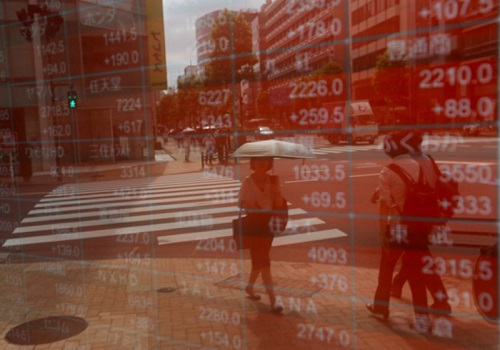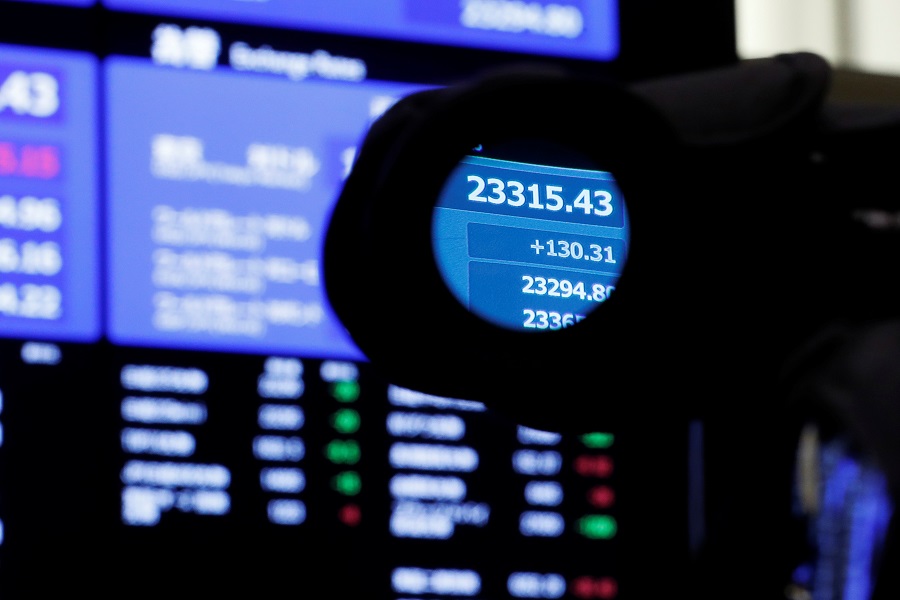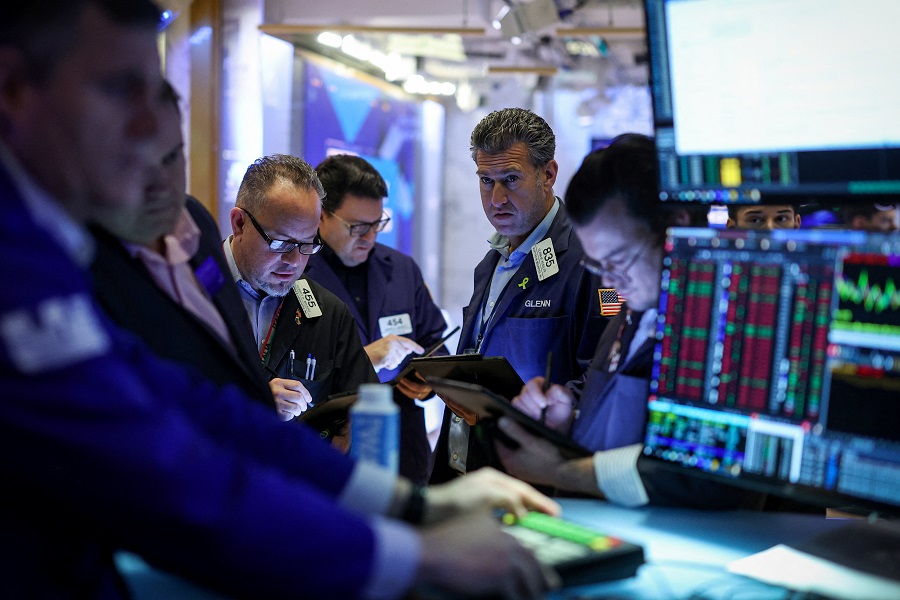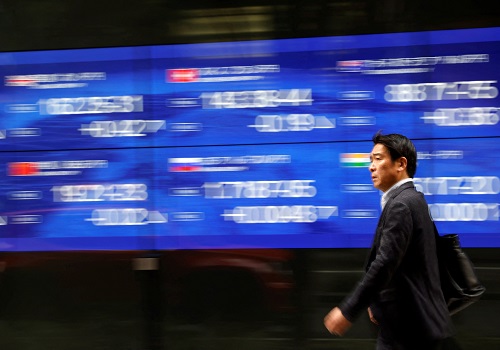Asian stocks rise, dollar eases as markets weigh US rate outlook
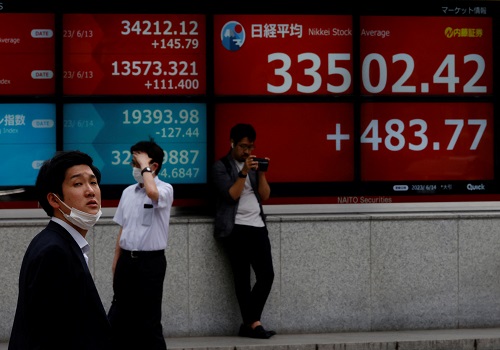
Asian stocks rose on Thursday, with the Nikkei breaching a new 34-year peak, while the dollar took a breather near a three-month high as markets assess when the Federal Reserve is likely to start its easing cycle after a run of strong economic data.
MSCI's broadest index of Asia-Pacific shares outside Japan rose 0.7%, with the IT index surging more than 2%. Taiwan stocks spiked 2.6% higher, with chipmaker TSMC up nearly 8%.
Hong Kong's Hang Seng Index eased 0.67% in early trading. China's markets are closed for the week due to the Lunar New Year holidays.
On Wednesday, Wall Street ended sharply higher as ride-hailing platforms Lyft and Uber rallied, while Nvidia displaced Alphabet as the U.S. stock market's third-most valuable company. [.N]
Japan's Nikkei remains on the charge and rose in early trading to 38,127, its highest since January 1990 and was inching closer to surpass its record high.
The yen edged higher but traded near the psychologically important 150 per dollar level. The yen was last at 150.26 per dollar.
The 150 level on the pair has been seen in the past as a potential catalyst for intervention by Japanese monetary authorities. It was just past this level that led them to intervene to shore up the yen in late 2022.
Data on Thursday showed Japan's economy slipped into recession as it unexpectedly shrank for a second straight quarter on weak domestic demand, raising uncertainty about the central bank's plans to exit its ultra-easy policy this year.
The market's expectations for a March/April rate hike will likely die down, according to ING economists, who maintained their Bank of Japan call for a June rate hike but with the growing possibility of delay to the third quarter of 2024.
"Inflation is also slowly easing, which, combined with another year of solid wage growth means that private consumption is likely to rebound. If so, we continue to believe that the BOJ will deliver its first rate hike in June."
FED PATH
Investor expectations of early and deep interest rate cuts by the Fed have been besieged by a slew of data that has underscored the resiliency of the U.S. economy and labour market, with data this week showing persistent inflation.
Data on Tuesday showed consumer prices rose more than expected as rental housing costs jumped.
Traders are now pricing in an 82% chance of a cut in June, the CME FedWatch tool showed, further pushing back the starting point of the U.S. central bank's easing cycle. Markets at the end of 2023 had priced in rate cuts starting as early as March.
While the timing of the first-rate cut may have been postponed, the disinflation trend has not been altered by one month's data, Saxo strategists said in a note.
The Fed's path back to its 2% inflation target rate would still be on track even if price increases run a bit hotter-than-expected over the next few months, Chicago Fed President Austan Goolsbee said on Wednesday, adding that the central bank should be wary of waiting too long before it cuts interest rates.
That sent Treasury yields lower, with the yield on 10-year Treasury notes slipping 3.5 basis points to 4.232% in Asian hours. [US/]
The dollar index, which measures the U.S. currency against six rivals, eased 0.01% to 104.67 but remained near its three-month high of 104.97 [FRX/]
Bitcoin rose to its highest since December 2021 and was last at $52,020, with the total value invested in bitcoin surpassing $1 trillion on Wednesday for the first time since November 2021 on strong inflows.
U.S. crude fell 0.47% to $76.28 per barrel and Brent was at $81.26, down 0.42%. [O/R]


















